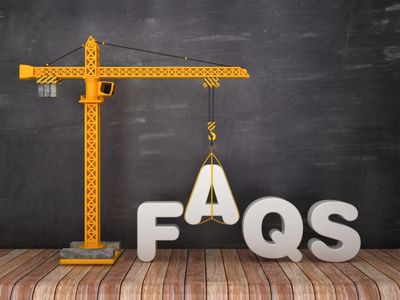Workplace Training: Take Your Training to the Next Level

Lifting Operations Lifting Equipment Regulations 98
Q: What does LOLER stand for?
A: LOLER stands for Lifting Operations and Lifting Equipment Regulations 1998. It sets out the legal requirements for safe use and maintenance of lifting equipment in the workplace.
Q: What happens if LOLER is not followed?
A: Failing to comply with LOLER can result in enforcement action by the HSE, including fines, prohibition notices, and even prosecution. More importantly, unsafe equipment use can cause serious injury or death.
Q: Do staff need training?
A: Yes. All operators, users, and supervisors should receive adequate training in safe operation, hazard recognition, and emergency procedures. Competence must be assessed and maintained.
Q: What happens if we don’t have LOLER training?
A: Without training, staff may use equipment unsafely, miss vital checks, and put people at risk. It also leaves your business non-compliant with HSE requirements, which can lead to fines or legal action.
Q: Who does LOLER apply to?
A: It applies to any workplace where lifting equipment or accessories are used, including employers, operators, and users.
Q: What types of equipment are covered by LOLER?
A: LOLER covers a wide range of lifting equipment, such as cranes, hoists, forklifts, slings, chains, hooks, and lifting accessories.
Q: What are my responsibilities as an employer?
A: Employers must ensure equipment is suitable, maintained, and safe, provide training and information, appoint competent persons for inspections, and take immediate action if defects are found.
Q: What are the responsibilities of operators or users?
A: Operators must only use equipment they are trained on, follow safe working practices, and report any defects or unsafe conditions immediately.
Q: How often should lifting equipment be inspected?
A:
- Lifting accessories (slings, chains, shackles): every 6 months
- Lifting equipment (cranes, chain block, engine hoist): every 12 months
- Lifting equipment for people (scissor lift, Passenger lift, patient hoist) every 6 months
Inspections must be carried out by a competent person and documented.
Q: What is a ‘competent person’?
A: A competent person is someone with the necessary practical and theoretical knowledge, training, and experience to detect defects in lifting equipment and assess their significance. They must be impartial and independent of day-to-day use.
Q: What is a thorough examination?
A: A thorough examination is a detailed inspection of lifting equipment to check for defects, wear, or damage. It must be recorded and any unsafe equipment taken out of service.
Q: Can defective equipment be used?
A: No. Equipment found to be unsafe must not be used until repaired or replaced.
Q: Do I need to keep records?
A: Yes. You must maintain records of inspections, maintenance, defects, and thorough examinations. These records must be available for review.
Q: What about lifting operations themselves?
A: Every lift must be properly planned, supervised, and carried out safely, with consideration for load weight, environment, hazards, communication, and emergency procedures.
